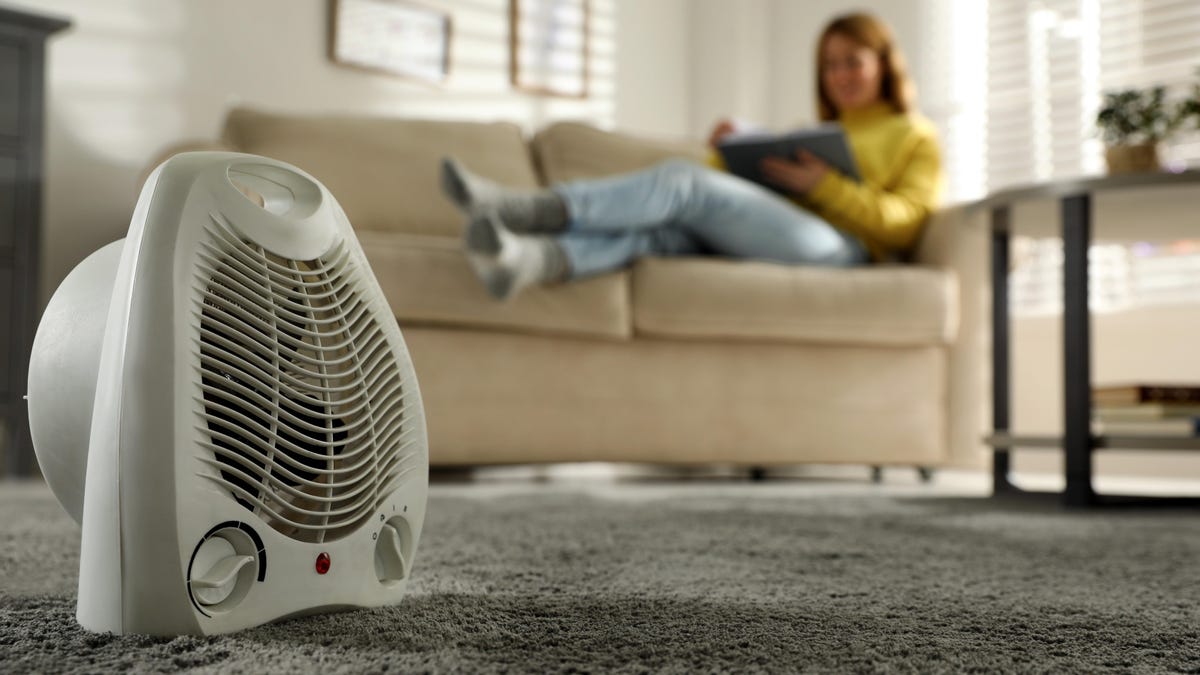Save on Electricity Bills by Creating a “climate Zone” at Home

Heating and cooling devices are getting more efficient every year, but most of us live with old devices and in leaky, old buildings or new “open floor plans”. At the same time, global warming and environmental change mean that every year we are dealing with more extreme temperatures. It’s a recipe for nightmarish energy bills. But no matter how big your home is, you probably spend most of your time in one particular room – it is in this room that comfort is most important. You can create a “climate zone” in your home by separating it from the rest of the house so it can be more easily heated or cooled.
How to create a climate zone
If, say, your living room can be divided by simply closing a few doors, you’re done. Keep them closed and use plugs under the doors, this means your air conditioner or heater doesn’t have to work so hard and you can keep air in your area.
If the doors don’t fit, you can create a room divider by hanging curtains in the doorways. Use tension rods for a non-permanent, tenant-friendly solution. Curtains should be heavy, so velor or velvet is ideal, and should fall to the floor. Robotic vacuum cleaners can go under water, pets can go through it just as easily as you can, and yet they trap most of the air in the space.
If your windows are leaking, and most of them aren’t, you can seal them using window insulation , which is similar to heat-shrinkable plastic wrap. The kits come with tape and sheets of plastic that you wrap around your window. Then you heat them up with a hair dryer and all the wrinkles disappear and the plastic around your windows shrinks. You cut off the excess. If you’re good at it, they may disappear into the window. You can also seal the doors with duct tape , which is available at hardware stores.
By focusing on one space, you can reduce the heating or cooling of other areas where you spend little time.
Use indoor climate control methods
While heating a bathroom may seem like a luxury, it’s not necessary. You don’t spend much time there and your comfort is largely determined by the temperature of the water.
In your kitchen, you can use a window fan to blow hot air out and, when it’s cool at night, blow air in. In fact, kitchen fans are rarely used. In the summer, when you keep a fan with you while you cook, the heat from the stove dissipates and the breeze blows on you. Small clip-on fans that can be hung on a shelf or countertop are perfect.
Even if you spend enough time in your bedroom, it doesn’t need to be heated or cooled all day long. A blast of air from an air conditioner blowing right at you when you go to bed can be enough to make you feel comfortable. You can try a window fan as an alternative, allowing the night air to cool you down. In the winter, wrapping yourself in a timer-heated blanket may be all you need to fall asleep comfortably.
Little ways to avoid using the heater and air conditioner
You really can’t underestimate the importance of fans in the summer. Having even a small one on the table next to you when you’re working can make the room infinitely cooler, and the same is true at night. In winter, just put on a pair of socks to keep warm.
No one is suggesting that you fully immerse yourself in Little House on the Prairie , but since many of our old air conditioners are not “smart”, we usually set them and forget. For each degree you can customize your units, you save money. If you can avoid heating or cooling entire areas, that’s even better.